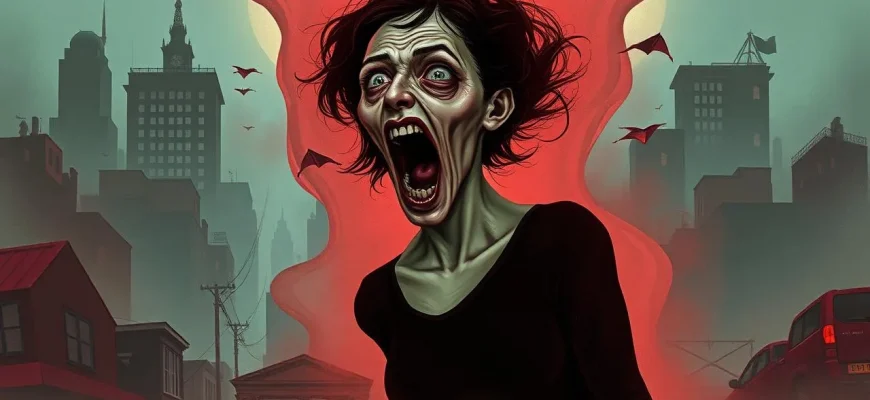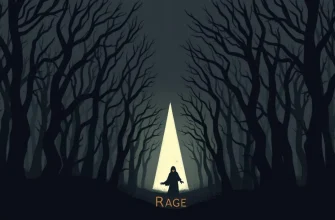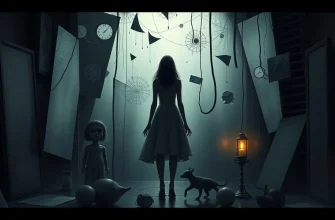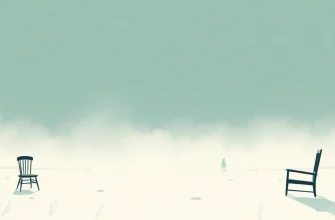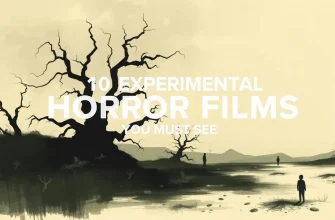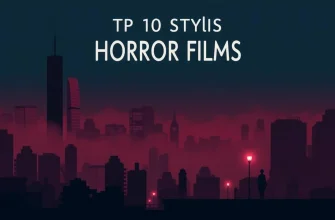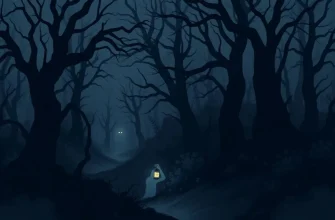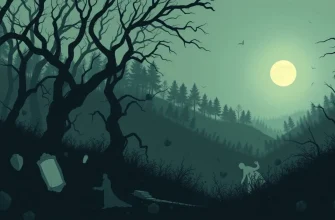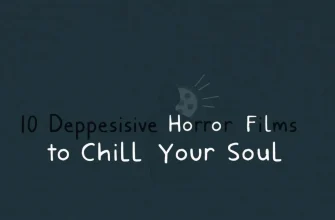Welcome to a world where the line between reality and nightmare blurs, where the ordinary becomes extraordinary, and where fear takes on a new, twisted form. This collection of surreal horror films is not just about scares; it's an exploration of the subconscious, a dive into the bizarre, and a challenge to our perception of reality. Whether you're a seasoned horror aficionado or a curious newcomer, these films will take you on a journey through the uncanny, leaving you questioning what's real and what's merely a figment of a disturbed mind.
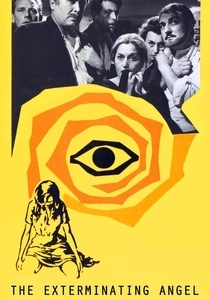
The Exterminating Angel (1962)
Description: Luis Buñuel's surrealist masterpiece where dinner guests find themselves inexplicably unable to leave a dinner party, leading to a breakdown of social norms and reality itself.
Fact: The film was inspired by a real-life incident where Buñuel and his friends were unable to leave a dinner party due to a sudden rainstorm.
 Watch Now
Watch Now 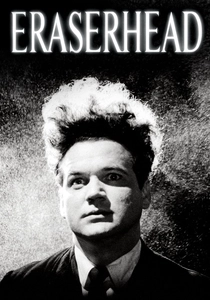
Eraserhead (1977)
Description: David Lynch's debut feature is a nightmarish descent into the psyche of a man whose life spirals into surreal chaos after the birth of his deformed child. Its unsettling atmosphere and bizarre imagery make it a cornerstone of surreal horror.
Fact: The film was shot over a period of five years due to Lynch's meticulous attention to detail. The baby in the film was made from a calf fetus wrapped in bandages.
 Watch Now
Watch Now 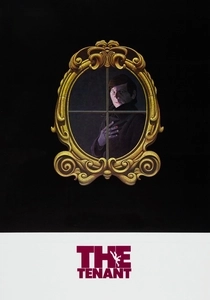
The Tenant (1976)
Description: Roman Polanski's psychological horror about a man who becomes obsessed with the previous tenant of his apartment, leading to a surreal descent into paranoia and identity crisis.
Fact: Polanski himself stars in the film, and it was shot in Paris, where he lived at the time.
 Watch Now
Watch Now 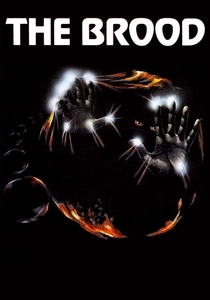
The Brood (1979)
Description: David Cronenberg's exploration of psychoplasmics, where a woman's emotional turmoil manifests physically, creating a surreal horror of birth and identity.
Fact: The film was inspired by Cronenberg's own experiences with divorce and custody battles.
 Watch Now
Watch Now 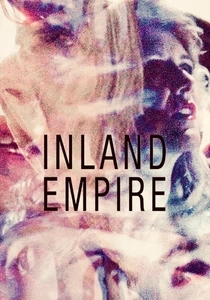
Inland Empire (2006)
Description: David Lynch's return to surreal horror, this film follows an actress whose reality and fiction blur as she becomes lost in a mysterious film project. Its non-linear narrative and Lynchian atmosphere make it a must-watch for surreal horror fans.
Fact: Much of the film was shot on a consumer-grade digital camera, giving it a unique, grainy aesthetic. Lynch has described it as his most personal work.
 Watch Now
Watch Now 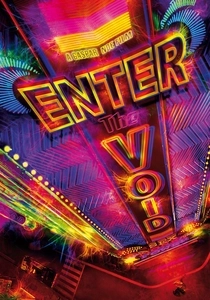
Enter the Void (2009)
Description: Gaspar Noé's visually and narratively experimental film follows a drug dealer's soul after his death, exploring themes of life, death, and reincarnation through a surreal, psychedelic lens.
Fact: The film took over a decade to make due to its complex visual effects and narrative structure.
 Watch Now
Watch Now 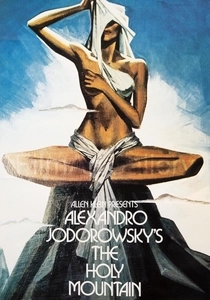
The Holy Mountain (1973)
Description: Alejandro Jodorowsky's masterpiece blends mysticism, allegory, and grotesque imagery to tell the story of a thief's spiritual journey. Its surreal visuals and philosophical depth make it a unique entry in the horror genre.
Fact: Jodorowsky funded the film himself, selling his personal belongings to finance it. The film was banned in several countries due to its controversial content.
 30 Days Free
30 Days Free 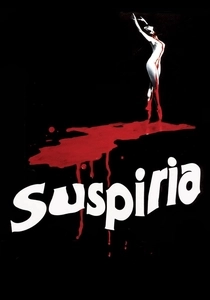
Suspiria (1977)
Description: Dario Argento's visually stunning film about a ballet school that's actually a front for a coven of witches. Its vibrant colors, eerie soundtrack, and dreamlike narrative place it firmly in the realm of surreal horror.
Fact: The film's score was composed by Goblin, and its use of color was inspired by the works of Mario Bava.
 30 Days Free
30 Days Free 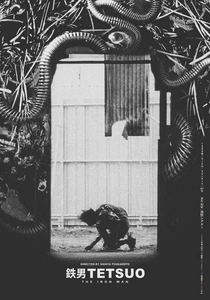
Tetsuo: The Iron Man (1989)
Description: Shinya Tsukamoto's cyberpunk horror film about a man transforming into a metal creature. Its industrial, metallic aesthetic and frenetic editing style create a surreal, nightmarish experience.
Fact: The film was made on a very low budget, with much of the special effects being done practically.
 30 Days Free
30 Days Free 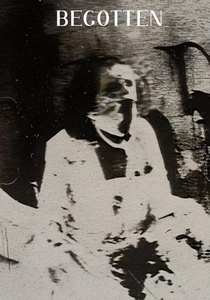
Begotten (1990)
Description: E. Elias Merhige's avant-garde film uses black and white imagery to depict a primal creation myth, with its disturbing visuals and slow, deliberate pacing creating a surreal horror experience.
Fact: The film was shot on a Super 8 camera, and its grainy, high-contrast visuals were achieved through extensive post-production work.
 30 Days Free
30 Days Free 
